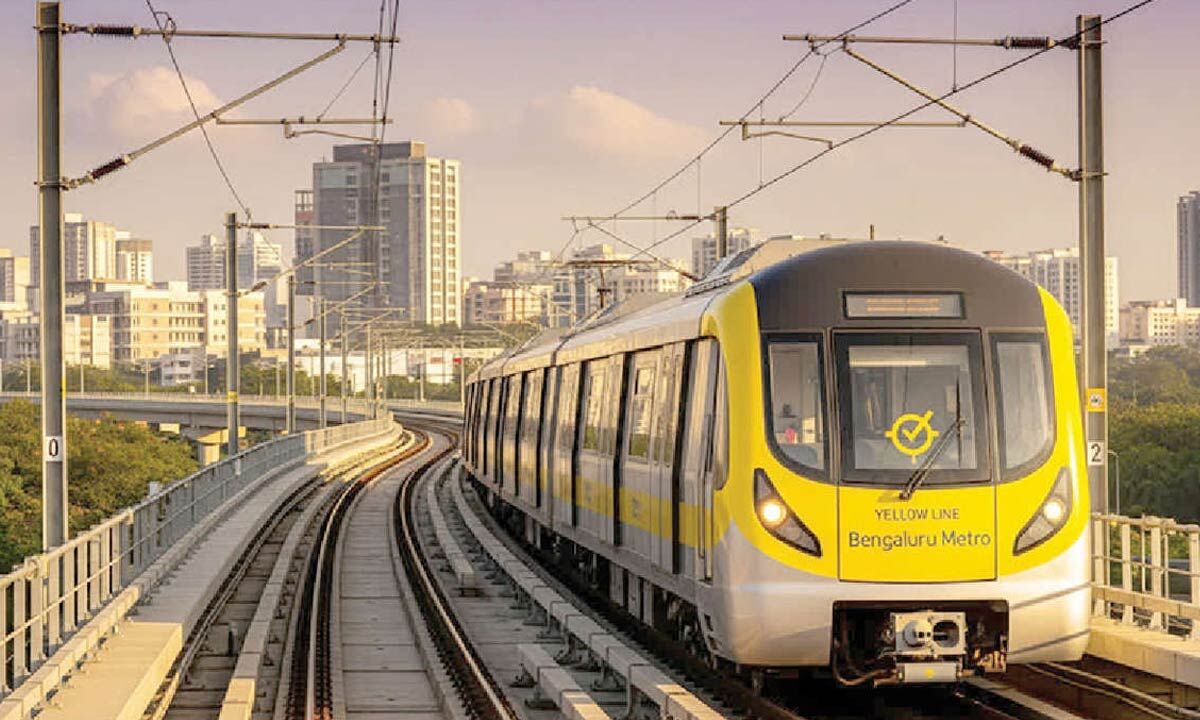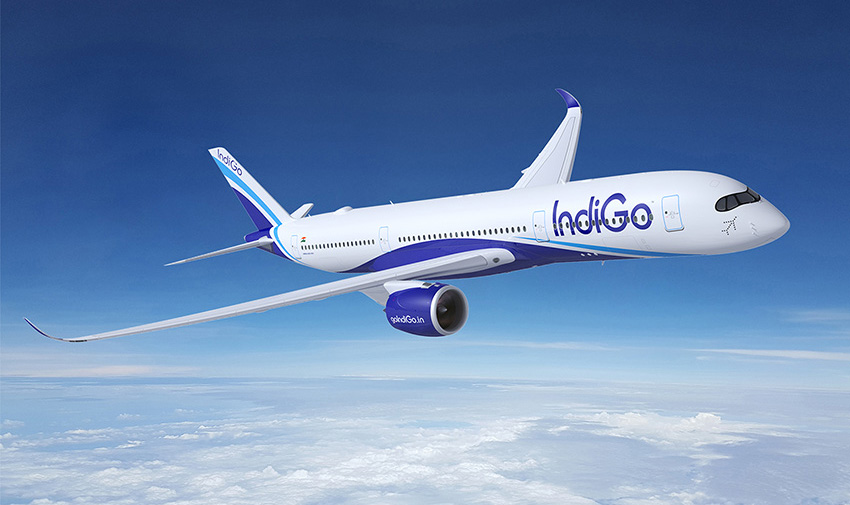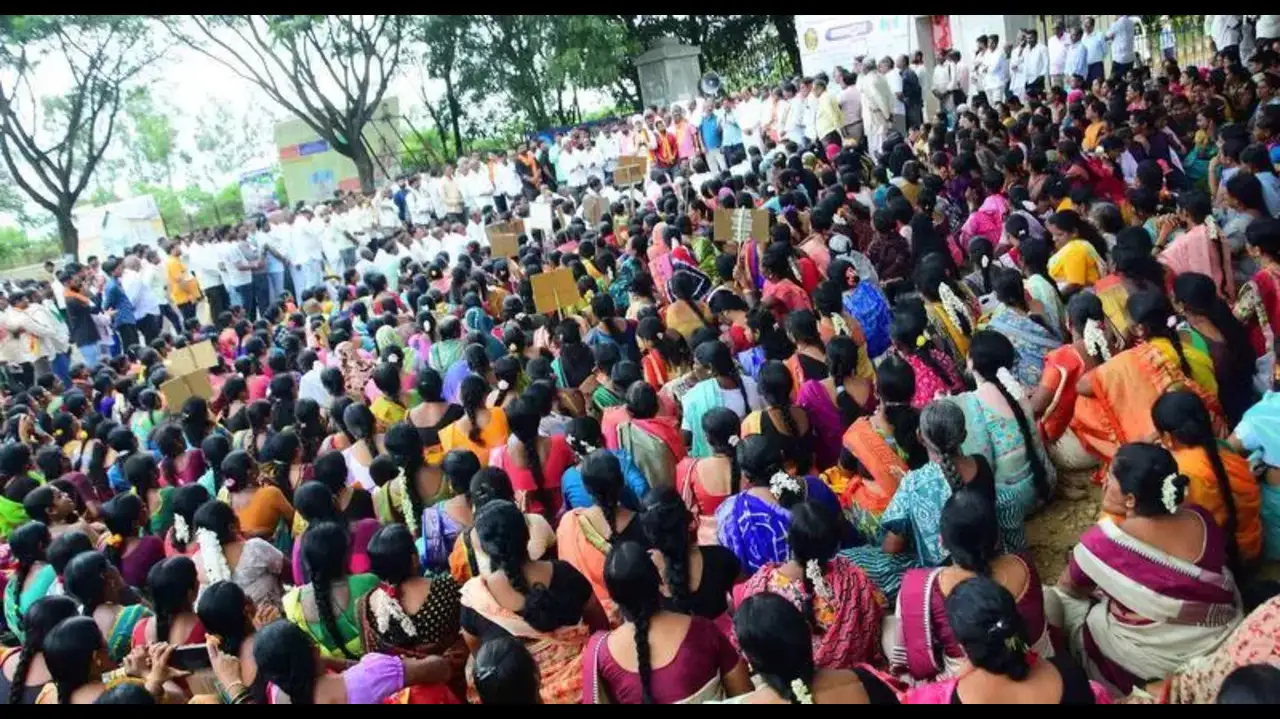Now Reading: Bengaluru Goes Yellow With Joy as Metro Expands
-
01
Bengaluru Goes Yellow With Joy as Metro Expands
Bengaluru Goes Yellow With Joy as Metro Expands

The launch of Bengaluru’s Metro Yellow Line has injected fresh energy into the city, blending excitement with optimism. From eager commuters in the IT corridors to bustling streets of Tier 2 towns, the moment signifies more than infrastructure—it’s a milestone in urban connectivity. As Bengaluru turns yellow, India watches how rapid transit can shape the future of emerging tech hubs and everyday life.
A Landmark Launch
Prime Minister Narendra Modi flagged off the Yellow Line, linking RV Road to Bommasandra over 19 km with 16 stations. The line is set to serve up to 250,000 commuters daily, easing traffic and reducing travel times for tech professionals heading to Bengaluru’s major employment zones.
The line’s operation began with three trainsets at 25-minute intervals, with plans to ramp up frequency soon. Corporate partnerships—such as with Infosys Foundation at Konappana Agrahara—highlight innovative funding models for public infrastructure.
Commuter Relief in Real Time
On day one, nearly 83,000 passengers boarded the new line, contributing to a record-breaking 1.05 million ridership for Bengaluru’s Metro system. For city commuters—techies, students, office-goers—this means faster, safer, and stress-free travel, especially to IT hubs like Electronics City.
But it hasn’t been without hiccups. Security around the inauguration caused temporary disruptions on the Green Line, reminding us that urban growth comes with challenges alongside benefits.
Beyond Bengaluru: Broader Signals
Tier 2 cities—like Mysuru, Mangalore, Pune—are watching closely. Bengaluru’s success shows how well-planned mass transit can reduce congestion, support economic growth, and set urban quality-of-life benchmarks. It also signals to investors and planners that expanding connected cities is a sound long-term priority.
Politics and Civic Pride
The Metro launch doubled as a political showcase. Both BJP and Congress staked claims to the achievement, with colourful banners across stations. But amid party posturing, citizens—especially IT professionals—stood out as supporters of urban development over partisan rivalry.
What Lies Ahead
The Yellow Line marks just the start. Phase III will add 45 km more, and with continued investment and site partners, Bengaluru’s transit map is set to grow. Success here could inspire similar projects in smaller cities aiming to modernise and attract tech and service industries.
Conclusion
Bengaluru turning yellow is more than symbolic—it’s functional. The Metro expansion is easing lives of commuters and pushing the city—and the next wave of urban India—toward a smarter, greener future. As smaller tech towns around the country look on, the message is clear: better mobility isn’t just a luxury—it’s a necessity for growth.

























